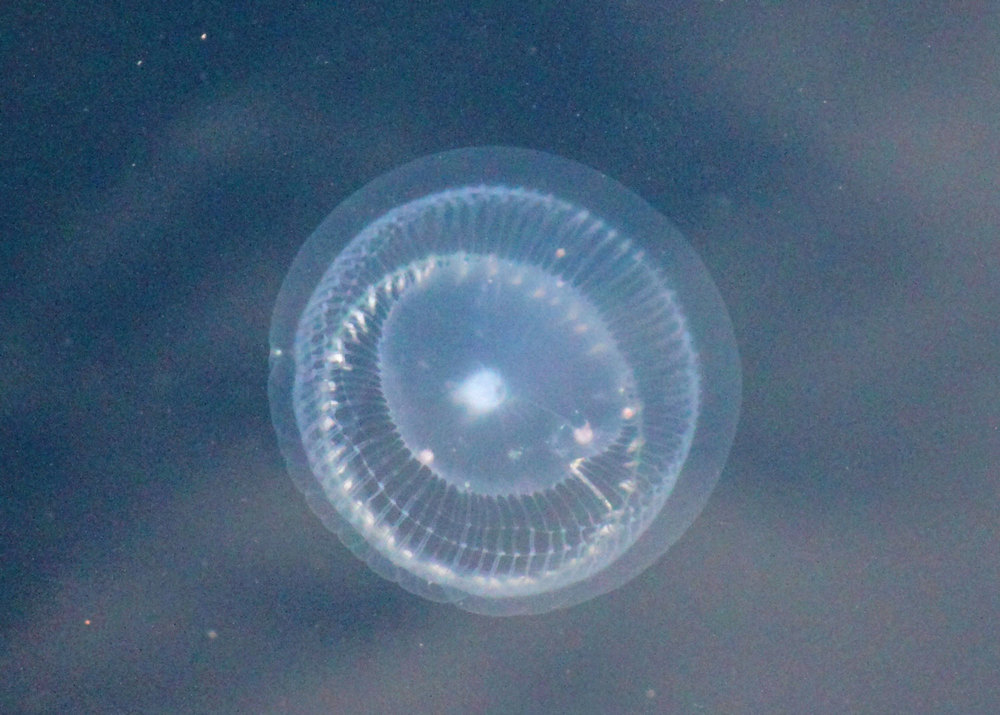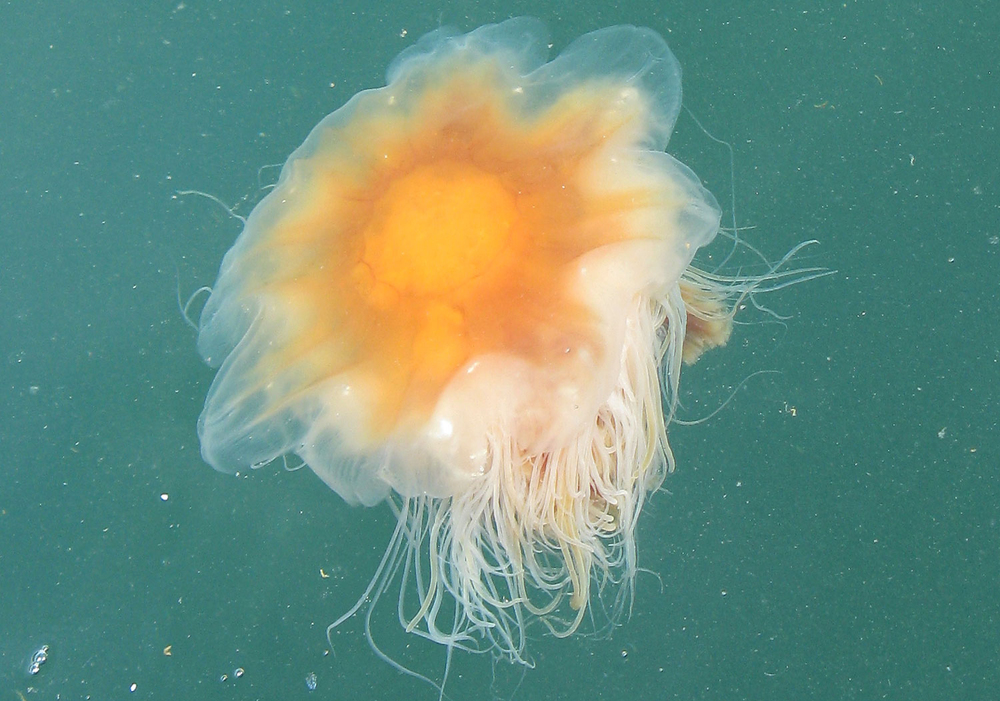Herring, Jellyfish, and Sea Anemones
/
A retiree catching three herring at once on a herring jig during his visit to Petersburg.
I love jigging herring! I always feel like a little kid walking down the dock with my fishing pole and bucket, a grin in my heart at the anticipation of the wriggling pull on the line and reeling in the sparkling, flipping herring.
Most people that jig herring in Petersburg use them for bait to catch salmon, halibut, and crab. They are softer than the packaged herring that you can buy at the store, so they don't stay on a hook as firmly. They fish well, though.
Boaters often pull up near North Harbor to jig up just enough herring for the afternoon's fishing.
I have used the herring that I jig for both bait and food. Herring taste good! They are very bony, though, so pickling or canning makes them easier to consume. Both methods of preparation soften the bones so that they can be eaten.

Jigging herring near North Harbor in Petersburg, Alaska
Fishing in the sunshine on a dock in Southeast Alaska is a great place and time to meet people. Fun people! I met Margaret. She and I both appreciate nature, including cool, slimy creatures. The decades between our ages didn't deter us from becoming friends right then and there.
It wasn't difficult to see that she is a brave and inquisitive young woman. She had a jellyfish. In her hand!

Margaret holding a jellyfish.
The jelly was dead when she found it floating in the water. Jellies are short-lived creatures, often lasting only a few months. Margaret found other jellies, too, both alive and, u-um, kind of beyond dead. As in goo. She was generous, and shared with her friends. There was some squealing.

Now this part intrigues me. That clear, gelatinous mass was a living creature. It swam, ate, grew, and died. Self-aware or not, it is interesting to see a being that is so simple and so complex at the same time. How can a transparent gob manage to travel and forage? Jellies have a network of nerves to help them sense their world. Is that enough to give them the power to think? I have watched thousands of jellies in a small bay, pulsing their bells to move through the water, and they didn't run into each other. Was it because they made it work that way, or because that is just the way it works? I don't know.

Margaret's clear jelly is not the stinging variety. The photo above is what her jelly would look like in the water. The photo to the right is of one type of jelly that could give a person a nasty sting.

Herring in a bucket.
My bucket had plenty of herring in it then, so it was time to wander on. The thoughts of jellies made me look at other critters around the harbor. The marine life that grows on docks and pilings varies between harbors, depending on current flow, salinity and location. In Petersburg there are a lot of big anemones living on the bottom side of the docks.

Marine growth on the dock. A large sea anemone is in the center.
Barnacles, mussels, and sea anemones will attach themselves to boats, also. The batch below were on a steel hull. This boat is scheduled to go south for scrap, but other boats must be cleaned and coated with antifouling paint every year or two to deter marine growth.

Sea anemones, mussels, and other marine growth on a steel boat hull.

White-plumed anemone ( Metridium farcimen )
The white-plumed anemones (Metridium farcimen) also come in orange and brown. Don't let the white fluffiness fool you - they are carnivorous. The tentacles sting their prey and then move it to the mouth in the center of the oral disc on the top of the anemone's body.
To the left is an underwater view of Metridium farcimen. The ones near the bottom of the photo have retracted their tentacles.
Back on the steel boat a sea cucumber has it's tentacles extended. These guys are scavengers for the most part. Currents will bring bits of food to those branching tentacles or else the sea cucumber will go searching for something to eat. They usually live on the ocean bottom, crawling along on tube feet.
There are numerous species of sea cucumbers. The red sea cucumber (Parastichopus californicus) is abundant enough to allow commercial harvest in Southeast Alaska. It is a dive fishery with limited seasons. The muscles and skin are the edible parts of that globby body.

Sea cucumber with tentacles extended.

Kids Don't Float provides free use of life jackets at Alaskan harbors.
One last note about exploring sea life in the harbor. Kids Don't Float! If you take your youngsters to the dock, or if you are a youth, wear a life jacket. Even if you are a good swimmer, it is very difficult to get back out of the water if you fall in. There is nothing to brace your feet on to get leverage to pull yourself back up onto the dock. I've been there! (Click HERE for that story)
Another hazard is that there can be stray electrical current in harbors. Very small amounts of electricity in the water (as little as one amp) can kill you. Boat harbors are not the place for swimming.
In Alaska, the Kids Don't Float program, which is supported by multiple sponsors, puts life jackets at many of the harbors. You get free use of the life jackets, and just hang them back up when you leave the dock. How cool is that?
Have an inquisitive day!
Alaska Beachcomber
